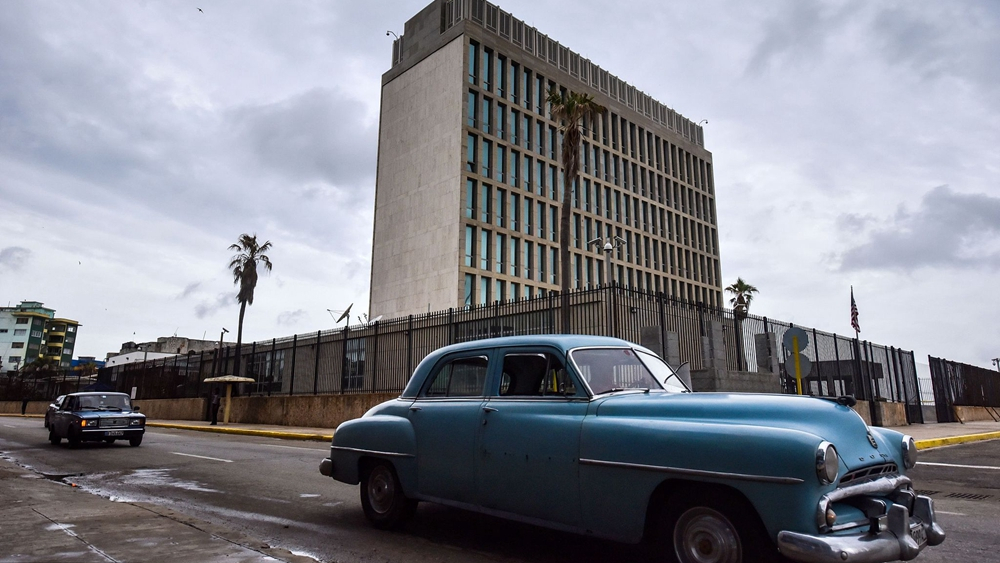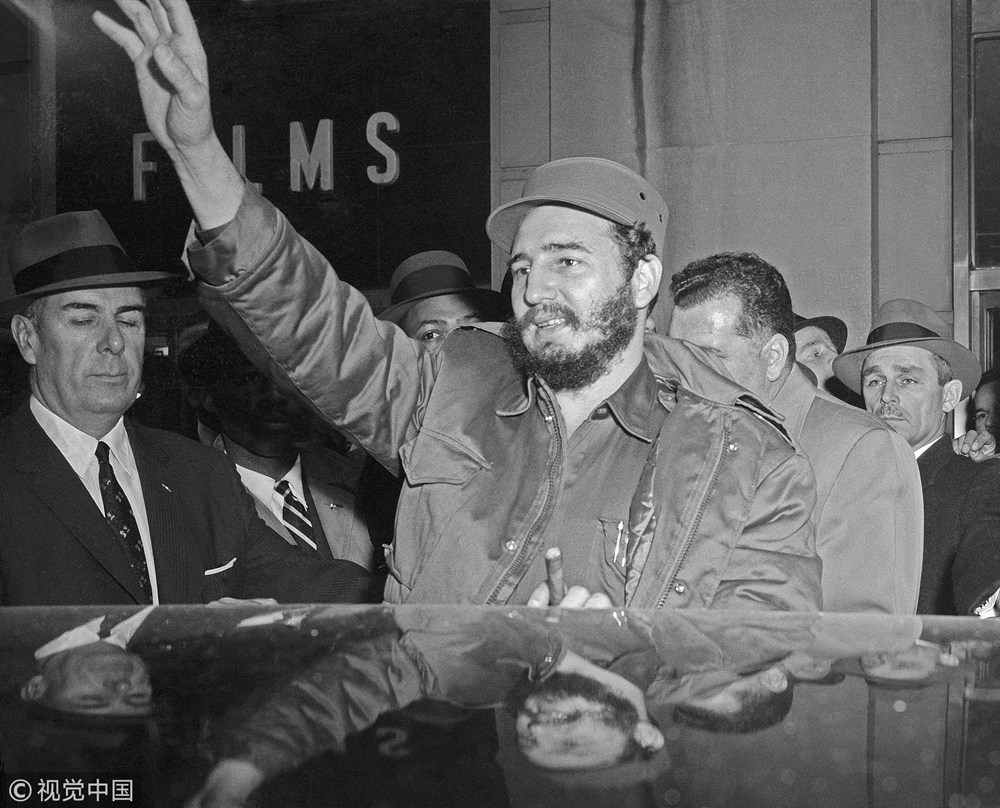
World
16:48, 02-Jan-2019
A timeline of Cuba-U.S. relations
Updated
15:39, 05-Jan-2019
By Timothy Ulrich

It's been 60 years since Fidel Castro became the leader of Cuba. It's also been 60 years of rocky relations with the northern neighbor, the U.S.
In 1959, Castro overthrew the U.S.-backed, anti-communist Cuban regime, stoking fears in the U.S. that communism may soon reach its shores.

Cuban leader Fidel Castro leaves the Statler Hotel in Boston, Massachusetts in 1959. /VCG Photo
Cuban leader Fidel Castro leaves the Statler Hotel in Boston, Massachusetts in 1959. /VCG Photo
Washington attempted to overthrow Castro in 1961 during the Bay of Pigs Invasion, using CIA-sponsored Cuban exiles.
In 1982, the U.S. labeled Cuba a state-sponsor of terrorism, claiming Havana was funding communist groups in Africa and Latin America.
After the turn of the century, the tensions between the two countries started to ease.

U.S. President Barack Obama and Cuban President Raul Castro shake hands during a bilateral meeting at the United Nations Headquarters in New York, September 29, 2015. /VCG Photo
U.S. President Barack Obama and Cuban President Raul Castro shake hands during a bilateral meeting at the United Nations Headquarters in New York, September 29, 2015. /VCG Photo
The U.S. and Cuba moved to improve ties in 2014, after Washington removed Havana from its list of state-sponsored terrorism.
The next year, both countries reopened their embassies. But relations took a blow in 2017 when U.S. President Donald Trump reinstated travel and business restrictions on Cuba.
(Top image: The U.S. embassy in Havana after the United States announced it is withdrawing more than half its personnel in response to mysterious health attacks targeting its diplomatic staff, September 29, 2017. /VCG Photo)

SITEMAP
Copyright © 2018 CGTN. Beijing ICP prepared NO.16065310-3
Copyright © 2018 CGTN. Beijing ICP prepared NO.16065310-3